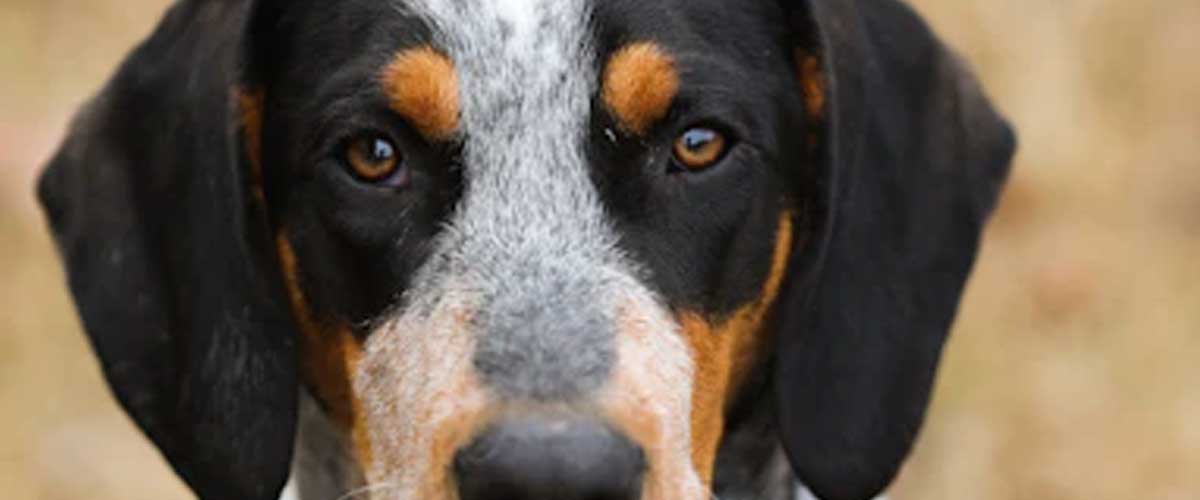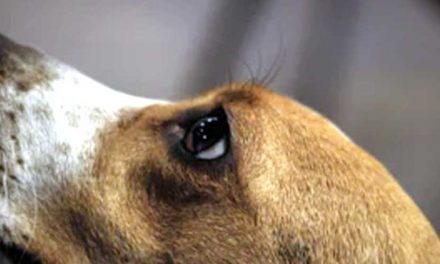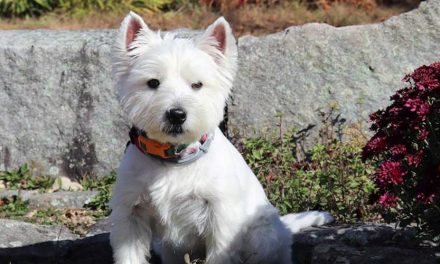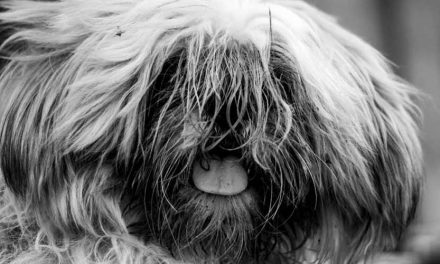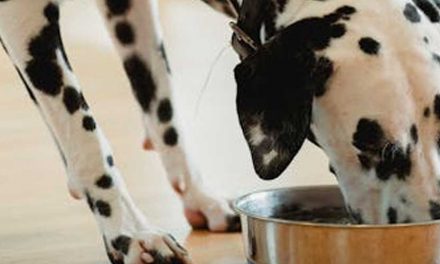The Harrier dog breed is often overshadowed by more popular hound breeds, but it is a delightful and energetic companion that has much to offer.
Known for its keen hunting skills, sociable nature, and striking appearance, the Harrier holds a special place among scent hounds.
History and Origins
The Harrier is a medium-sized breed that has its roots in England, dating back to the Middle Ages.
Originally bred for hunting hares, these dogs were trained to track and chase game using their excellent scenting ability and endurance.
The Harrier is thought to be a descendant of the Bloodhound and the Foxhound.
Throughout history, they have been utilized for hunting in packs, making them a popular choice for hunters.
Physical Characteristics
The Harrier is a well-balanced dog, typically weighing between 40 to 65 pounds and standing about 18 to 22 inches tall at the shoulder.
They have a strong, muscular build with a short coat that comes in a variety of colors, including tri-color (black, tan, and white), lemon, or red and white.
Their ears are medium-sized, droopy, and set high, and they have a friendly, expressive face that often reflects their curious and amiable nature.
Temperament
Harriers are known for their friendly and affectionate personality.
They are social dogs that generally get along well with children and other pets, making them excellent family companions.
They possess a playful and outgoing demeanor, and their energetic nature requires regular exercise and mental stimulation.
Without enough activity, they can become bored and may engage in destructive behaviors.
Harriers are also known for their strong prey drive due to their hunting heritage.
This means that while they may be friendly with their families, they can be inclined to chase smaller animals if not properly trained and supervised.
Care and Training
Training a Harrier can be a rewarding experience, but it requires patience and consistency.
They are intelligent dogs but can also be somewhat independent, which means they may not always listen immediately.
Positive reinforcement techniques work best, and starting obedience training and socialization early in life is important.
Due to their high energy levels, Harriers should receive ample daily exercise.
Activities such as long walks, runs, or playtime in a secure yard are essential for keeping them physically and mentally healthy.
They thrive in an environment where they can explore and engage their senses.
Health Considerations
On average, Harriers live between 10 to 12 years.
They are generally healthy dogs, but like all breeds, they can be prone to certain health issues.
Common concerns include hip dysplasia, ear infections (due to their floppy ears), and certain genetic disorders.
Regular veterinary check-ups and a balanced diet are crucial for maintaining their well-being.
Conclusion
The Harrier is a fascinating breed with a unique blend of hunting prowess and friendly disposition.
They make wonderful companions for active families or individuals who appreciate an energetic and sociable dog.
With proper training, plenty of exercise, and love, a Harrier can become a cherished member of any household.
Whether you are looking for a loyal friend to accompany you on outdoor adventures or a playful companion at home, the Harrier could be the perfect fit.

